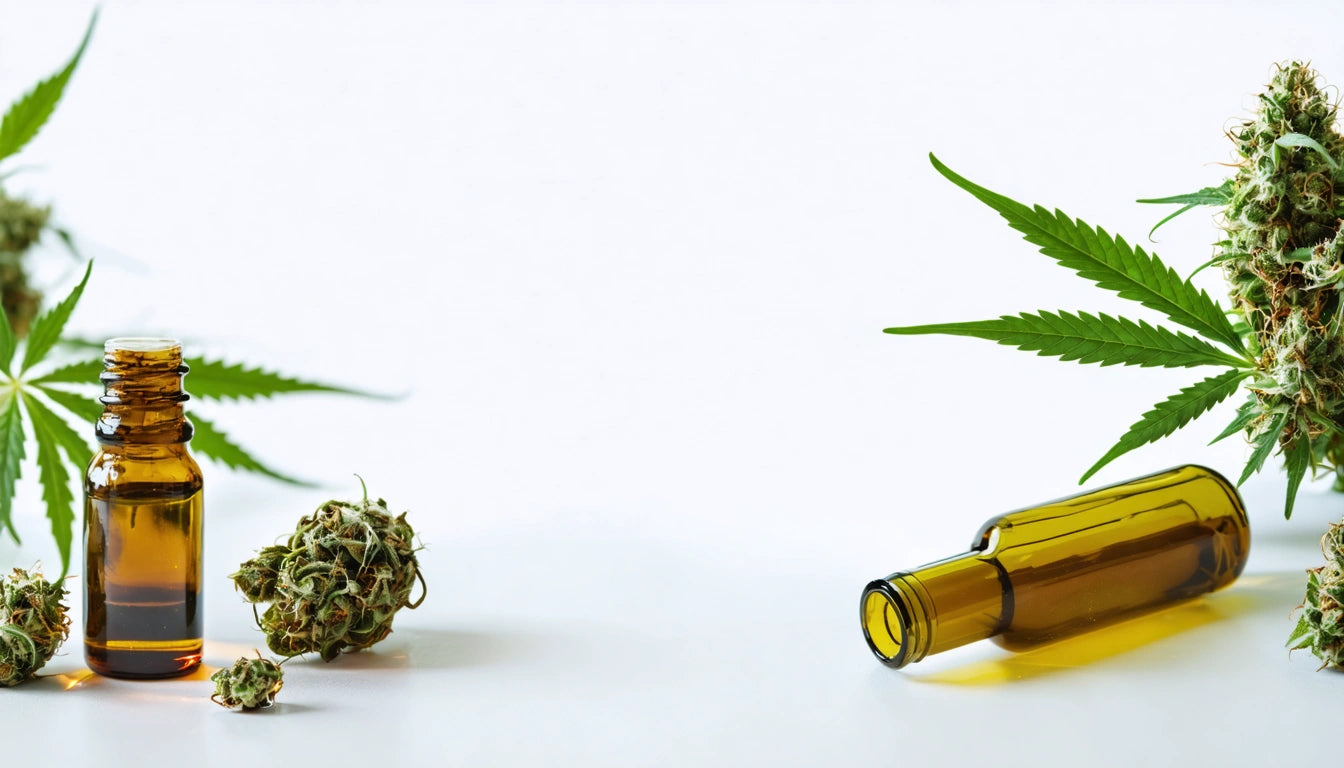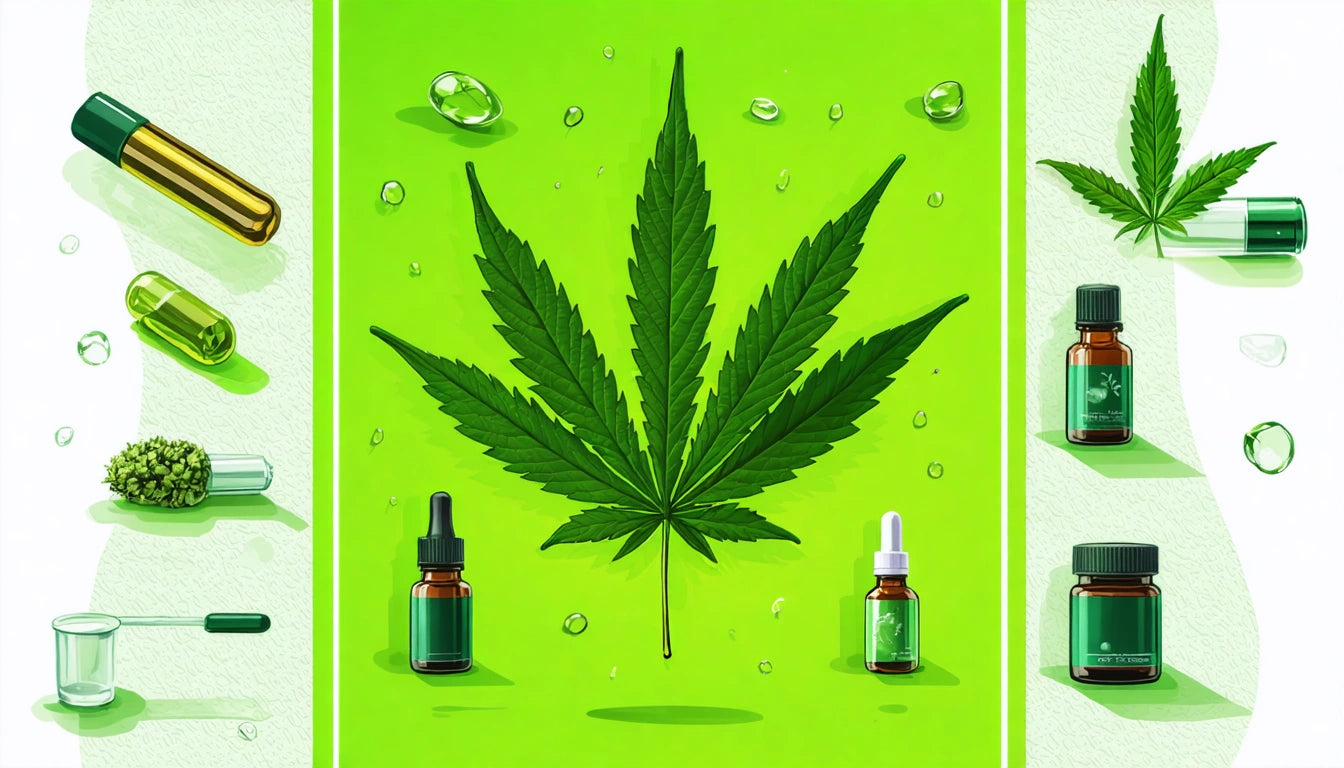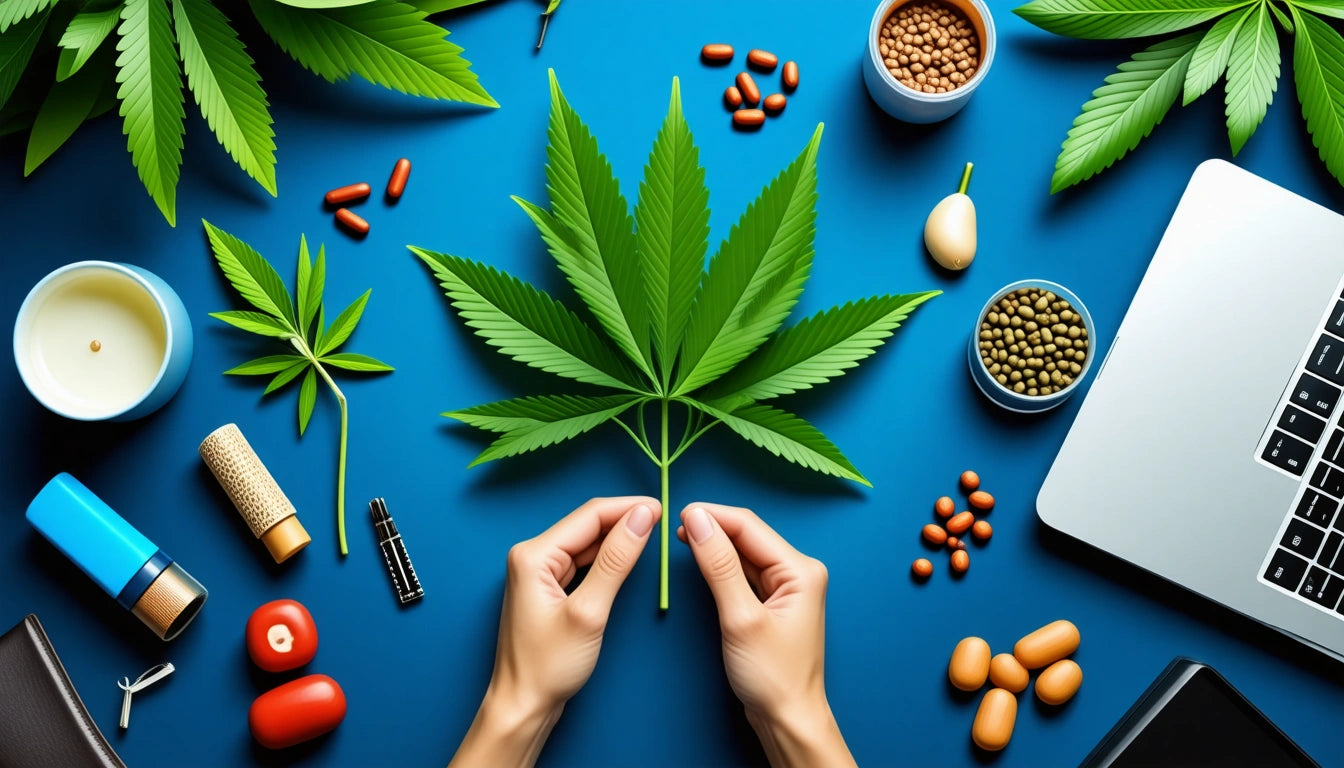Table of Contents
Does Weed Cause Brain Damage or Kill Brain Cells Compared to Alcohol?
The question of whether cannabis kills brain cells or causes brain damage compared to alcohol has been debated for decades. As cannabis legalization expands across the United States, understanding the potential neurological impacts of both substances becomes increasingly important for consumers making informed decisions about their use.
Common Misconceptions About Cannabis and Brain Cells
Many misconceptions about cannabis stem from outdated research and anti-drug campaigns from the 1970s and 1980s. Early studies suggesting that weed kills brain cells had significant methodological limitations, including extreme dosing methods that don't reflect typical human consumption patterns.
More recent research has challenged these findings, suggesting that the relationship between cannabis and brain health is more nuanced than previously believed. While heavy, long-term use may have impacts on brain structure and function, occasional use appears to have minimal lasting effects in most adult users.
Current Research on Cannabis and Brain Function
Modern neuroimaging studies have provided more detailed insights into how cannabis affects the brain. Current evidence suggests that THC, the primary psychoactive compound in cannabis, binds to cannabinoid receptors that are naturally present throughout the brain.
According to research on cannabis and brain health, short-term effects include altered sensory perception, changes in mood, and temporary impacts on memory and attention. However, these effects typically resolve once the substance clears the system.
The question of whether smoking weed damages brain cells permanently remains complex. Some studies show subtle differences in brain structure between heavy cannabis users and non-users, particularly in regions rich in cannabinoid receptors. However, these structural differences don't necessarily translate to functional impairment and may reflect adaptation rather than damage.
Alcohol's Impact on Brain Structure and Function
In contrast, alcohol's effects on the brain are well-documented and concerning. Alcohol is a neurotoxin that can directly kill brain cells through multiple mechanisms, including:
- Disruption of neuronal membranes
- Interference with neurotransmitter systems
- Promotion of oxidative stress
- Triggering of inflammatory processes
- Vitamin B1 (thiamine) deficiency leading to Wernicke-Korsakoff syndrome
Chronic alcohol use is associated with reduced brain volume, particularly in the frontal lobes responsible for executive function and decision-making. These changes can persist even after prolonged abstinence, suggesting some degree of permanent damage.
Cannabis vs Alcohol: Comparative Brain Effects
When considering is alcohol or weed worse for the brain, the evidence points toward alcohol being more directly harmful. A study published in the journal Addiction found that alcohol use was associated with reduced gray matter volume and white matter integrity, while cannabis use showed no significant association with these measures.
Another key difference is that alcohol affects the entire brain uniformly, while cannabis primarily impacts regions with high concentrations of cannabinoid receptors. This targeted effect may explain why cannabis appears less damaging to overall brain structure than alcohol.
For those concerned about precise dosing to minimize potential risks, accurate measurement tools can help consumers track their intake more effectively, allowing for more controlled consumption.
Vulnerable Populations and Risk Factors
The question of whether weed causes brain damage becomes more concerning for specific populations:
Adolescents and Young Adults
The developing brain appears more vulnerable to the effects of both cannabis and alcohol. Studies on marijuana's effects suggest that regular cannabis use during adolescence is associated with greater risks, including potential impacts on cognitive development and academic performance.
Individuals with Mental Health Conditions
People with certain psychiatric conditions or a family history of such conditions may experience adverse effects from cannabis use. Cannabis can affect mood and perception, potentially exacerbating symptoms in vulnerable individuals.
Brain Health Recommendations for Cannabis Users
For those who choose to use cannabis, several strategies may help minimize potential risks to brain health:
- Moderation: Less frequent use and lower doses generally carry fewer risks
- Delayed onset: Avoiding use until adulthood when brain development is more complete
- CBD-rich products: Some research suggests CBD may have neuroprotective properties
- Avoiding mixing with alcohol: Combined use may amplify negative effects
- Regular breaks: Taking tolerance breaks allows the endocannabinoid system to reset
Memory concerns are common among cannabis users. Research on marijuana's memory effects indicates that most short-term memory issues resolve after periods of abstinence.
When considering is alcohol or weed more damaging to the brain in the long term, current evidence suggests alcohol poses greater risks for most users. However, individual factors including genetics, age of onset, frequency of use, and pre-existing conditions all play important roles in determining personal risk profiles.
As research continues to evolve, our understanding of how these substances affect brain health will become more refined, allowing for better-informed personal choices and public health recommendations.











Leave a comment
All comments are moderated before being published.
This site is protected by hCaptcha and the hCaptcha Privacy Policy and Terms of Service apply.